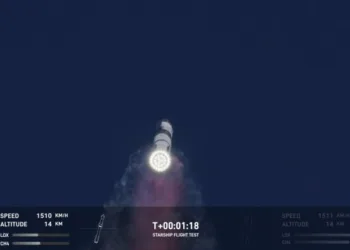Nasa and SpaceX are gearing up for the Crew-9 mission, aiming to launch astronauts to the International Space Station (ISS) from Kennedy Space Center in Florida on September 25, Wednesday.
This mission marks a notable shift, as it will be the first of SpaceX’s 13 crewed flights to the ISS since its inaugural launch in 2020, featuring two vacant seats in the Crew Dragon spacecraft. Understanding the reasoning behind this is quite interesting.
Recently, media outlets have extensively reported on the situation of NASA astronauts Suni Williams and Butch Wilmore, who found themselves “stranded” at the ISS following their Boeing Starliner spacecraft’s complications during its first crewed journey back in June. Despite the challenges, the Starliner successfully docked with the ISS, allowing the astronauts to arrive at the station, albeit under unusual circumstances.
After significant efforts to troubleshoot the issues with the Starliner, NASA opted to prioritize safety, resulting in an empty return trip for the spacecraft, which was successfully completed last weekend.
This decision left Williams and Wilmore on the ISS far longer than initially planned, extending their ten-day mission to an unexpected eight-month stay. Their return will now coincide with the Crew Dragon flight set for next week.
Originally, Crew-9 was intended to transport four astronauts, but two of them, Zena Cardman and Stephanie Wilson, have been informed that they will not be participating in this flight. Instead, NASA astronaut Nick Hague and Roscosmos astronaut Aleksandr Gorbunov will occupy two of the four seats available on the capsule.
At the conclusion of their six-month mission, Hague and Gorbunov will return to Earth with Williams and Wilmore on the Crew Dragon, marking the end of one of the most remarkable—and unexpected—missions aboard the ISS.






